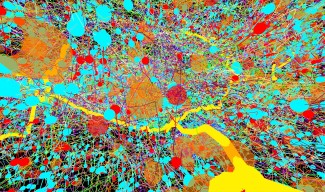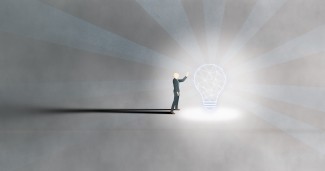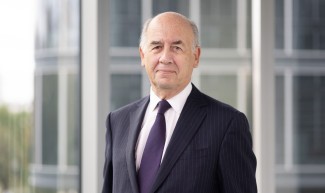Remembering past events in minute detail, revisiting them methodically, and reliving past emotions—this is the peculiarity of people with an exceptional memory of their own lives, known as autobiographical hypermnesia, or hyperthymesia. This fascinating condition remains poorly understood, and each new case contributes to our understanding. In a recent article in Neurocase, researchers from Paris Brain Institute and the Memory, Brain, and Cognition Laboratory (LMC²) describe the extraordinary mental life of a 17-year-old girl.
Autobiographical memory refers to our ability to remember experiences that have shaped our lives since childhood. It consists of emotional and sensory memories of places, moments, and people, as well as a set of factual information—such as names and dates—that allows us to orient ourselves when we try to recall an episode from the past.
For most of us, these memories are more or less vivid depending on how old they are or how much importance we attach to them. Thanks to the dynamic nature of memory, they lose sharpness over time, fade away completely, or are partially rewritten. But a small number of people—only a handful of cases have been described in scientific literature—have access to such a wealth of autobiographical details that they can link specific events to any given date on the calendar.
In these individuals, known as hyperthymesics, memories are carefully indexed by date. Some will be able to describe in detail what they did on July 6, 2002, and experience again the emotions and sensations of that day.
Having memories of our lives allows us to construct a narrative of ourselves and stabilize our sense of identity. Autobiographical memory is therefore associated with a type of consciousness called “autonoetic”, which allows us to take a mental journey through time to relive past events, project ourselves into the future, or into imaginary situations.
Hyperthymestic people can travel through time in their minds with extraordinary ease and intensity. “Studying this atypical cognitive functioning could help us better understand how autobiographical memory works, as well as the neurological disorders that affect it,” says Laurent Cohen, neurologist and co-head of the PICNIC Lab at Paris Brain Institute.
A Memory Palace for Organizing Memories
According to case reports in the scientific literature[1] and accounts in the media, hyperthymesia is often described as a distressing ability: painful, even traumatic memories can accumulate uncontrollably. Some individuals also feel overwhelmed by useless anecdotal information.
Nevertheless, Valentina La Corte and Laurent Cohen examined the case of TL[2], a 17-year-old girl who appears to have significant control over how she accesses her memories.
TL distinguishes between two types. On the one hand, her “black memory” corresponds to encyclopedic knowledge mainly acquired at school and carries no particular emotional meaning. On the other hand, the memories of her life are organized within a sophisticated mental space—a kind of memory palace—that she can visualize on demand.
These are filed by theme and chronological order in binders, which are kept in a room with a very low ceiling that she calls “the white room.” TL mentally scans through them to retrieve episodes related to her family life, vacations, friends, or childhood objects. Some memories are even stored in the form of text messages or photographs.
The girl uses mental representation tools to isolate memories linked to negative emotions such as sadness, grief, or distress. For instance, her grandfather’s death is kept in a chest inside the white room. She also uses two adjoining rooms: a “pack ice” room she uses to soothe her anger, a “problems” room to reflect on difficulties, and a “military room” populated by soldiers, which appeared in her mind when her father left home to join the army.
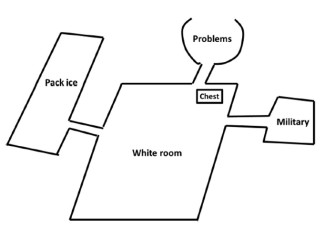
Researchers lack robust tools to verify whether hyperthymestic memories are reliable, especially when they concern distant periods. Like the rest of the population, hyperthymestics are prone to false memories and memory distortions.
However, Valentina La Corte and Laurent Cohen used the Episodic Test of Autobiographical Memory (TEMPau) and the Temporal Extended Autobiographical Memory Task (TEEAM), which assess how easily people can mentally travel through time, the richness of the memories they report, and how they relate to their own narrative.
Their findings indicate that TL relives moments of her life with exceptional intensity and vividness. Sometimes as an external observer, sometimes as a protagonist, she can re-examine details from different points of view. When researchers asked her to imagine future events, she provided an unusually rich amount of temporal, spatial, and perceptual information, far beyond what an ordinary person can produce.
These observations reinforce the idea that mental travel into the future relies on mechanisms similar to those used in conscious exploration of the past. In both cases, sensory information seems to play a crucial role.
New Avenues for Research
Autobiographical hypermnesia also seems closely linked to synesthesia, a neurological condition in which processing one sensory modality involves at least two senses. For example, synesthetes may hear colors, see sounds, or taste music. Even though TL is not a synesthete, several members of her family are. It would be interesting to explore this association.
Some studies suggest that hyperthymesia is associated with overactivation of brain networks involved in autobiographical memory and certain visual areas. However, no neuroanatomical differences have yet been found between hyperthymesics and individuals with typical memory.
“It is difficult to generalize findings about hyperthymesia, since they rely on only a few cases. Does ageing affect the memories of these individuals? Do their mental time-travel abilities depend on age? Can they learn to control the accumulation of memories? We have many questions, and everything remains to be discovered. An exciting avenue of research lies ahead,” concludes Valentina La Corte.
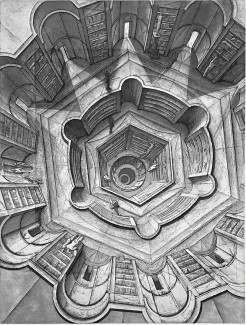
[1] Talbot, J. et al. Highly Superior Autobiographical Memory (HSAM): A Systematic Review. Neuropsychology Review, February 2024. DOI: 10.1007/s11065-024-09632-8
[2] To preserve her anonymity, only initials that do not correspond to his civil status will be used.
Sources
La Corte, V., et al. Autobiographical hypermnesia as a particular form of mental time travel. Neurocase, August 2025. DOI: 10.1080/13554794.2025.2537950.

Consciousness, attention, visual perception and language are complex cognitive functions involving different brain areas and neural networks.
Read more



